As a photographer, having the right lens in your camera bag is essential to capturing the best pictures. Whether you are an enthusiast or a professional, having the right lenses for different occasions can make all the difference when it comes to taking stunning photos. This blog post will discuss what lenses you need as a photographer to get that ideal shot and how these lenses can help improve your photography skills. So, grab your camera and let’s dive into which lenses you need to take the best pictures!
What is a Lens?
A lens is a tool used to focus or magnify light. They are essential in many optical devices, including cameras, telescopes, microscopes, and binoculars. Lenses come in a variety of shapes and sizes depending on their intended use; for example, camera lenses can be wide-angle or telephoto. By combining different types of lenses together, it is possible to create more complex and powerful optical systems.
In addition to their uses in optics, lenses are also used for creative purposes such as projection mapping or art installations. By manipulating the way light is focused and bent through a lens, it is possible to create stunning visual displays that would be impossible with traditional lighting techniques.

Most of all the lenses are used in photography and cinematography. Different types of lenses can be used to create an entirely different look and feel to a photograph or video, such as in creating shallow depth-of-field shots. Lenses also come with different focusing mechanisms that allow for more precise control over the area of focus.
The 10 Types of Camera Lenses Every Photographer Needs
A Wide-Angle Lens
A wide-angle lens is essential for capturing expansive landscapes, cityscapes or architecture shots. Wide-angle lenses are typically used to capture the entire scene and create an immersive experience. A wide-angle lens can also be used indoors to shoot the interiors of a small space in its entirety.
A Telephoto Lens
Telephoto lenses are exceptional tools for capturing distant objects or compressing a scene, allowing you to bring faraway subjects closer and emphasize their details with astounding clarity. These lenses excel in various fields of photography, such as sports, wildlife, and bird photography, as they enable you to magnify and preserve the intricate beauty of subjects that would otherwise be difficult to capture up close. With their remarkable zoom capabilities, telephoto lenses empower photographers to explore new perspectives and unlock a world of creative possibilities.
A Portrait Lens
This type of lens is designed to capture beautiful portrait shots, allowing you to capture a subject’s face and features in detail. To get that classic portrait look, look for lenses with a focal length of 50-85mm. These lenses are designed to provide the perfect balance between sharpness and background blur, so you can get stunning shots without having to worry about any distracting elements in the background.
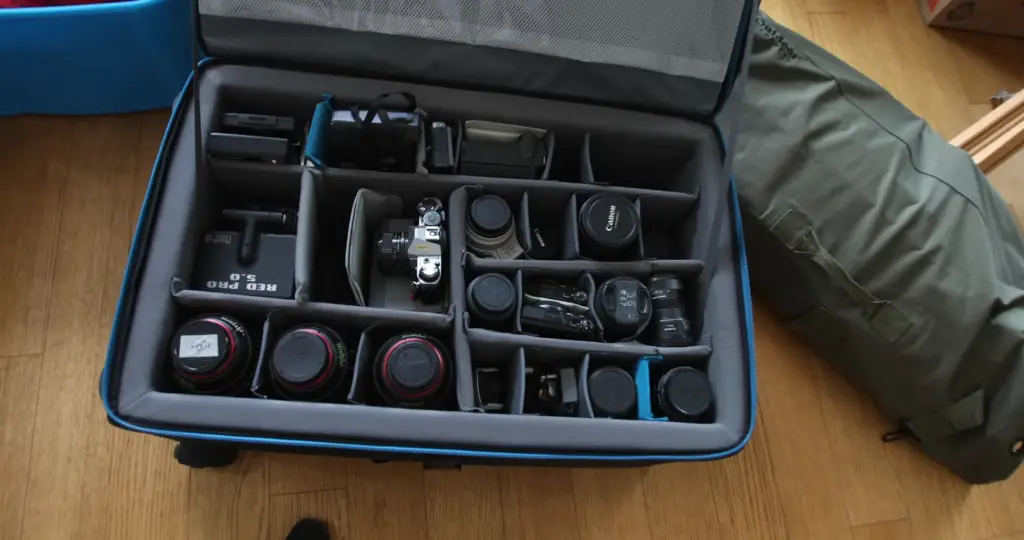
A Macro Lens
Macro lenses are essential tools for capturing detailed shots of small objects such as insects or flowers. These lenses are capable of capturing extreme close-up shots, allowing you to explore the intricate beauty of these tiny subjects in true-to-life detail. Macro lenses come in various levels of magnification, so you can choose one that best suits your specific needs and objectives.
A Lens With a Wider Aperture
If you want to capture the best possible shots in low light, a lens with a wider aperture is essential. These lenses are designed to let more light through the aperture, which allows you to shoot faster shutter speeds and capture sharper images without having to resort to flash photography. Wider apertures also create stunning background blur, allowing you to emphasize your subjects by isolating them from their surroundings.
A Tilt-Shift Lens
Tilt-shift lenses are incredibly versatile tools for creative photography, allowing you to adjust the angle of view and shift perspective to create unique effects. These lenses enable you to control depth of field, add drama to your shots or even make miniature models look like real-life scenes. Tilt-shift lenses are perfect for capturing landscapes, cityscapes and architectural shots with a unique perspective.
A Specialty Lens
Specialty lenses such as fisheye or mirrorless lenses can be used to create interesting effects and explore new creative possibilities. These lenses may not be essential tools for every photographer, but they can open up a whole new world of possibilities and expand your photographic horizons. So, if you’re looking to get creative with your photography, a specialty lens is worth considering.
A Weather-Sealed Lens
For taking outdoor shots in any kind of weather, a weather-sealed lens is essential. These lenses are designed to be dustproof and waterproof, so you can shoot under all kinds of conditions without worrying about potential damage to your camera or lens. Weather-sealed lenses also offer superior image quality, allowing you to take stunning shots with ease.
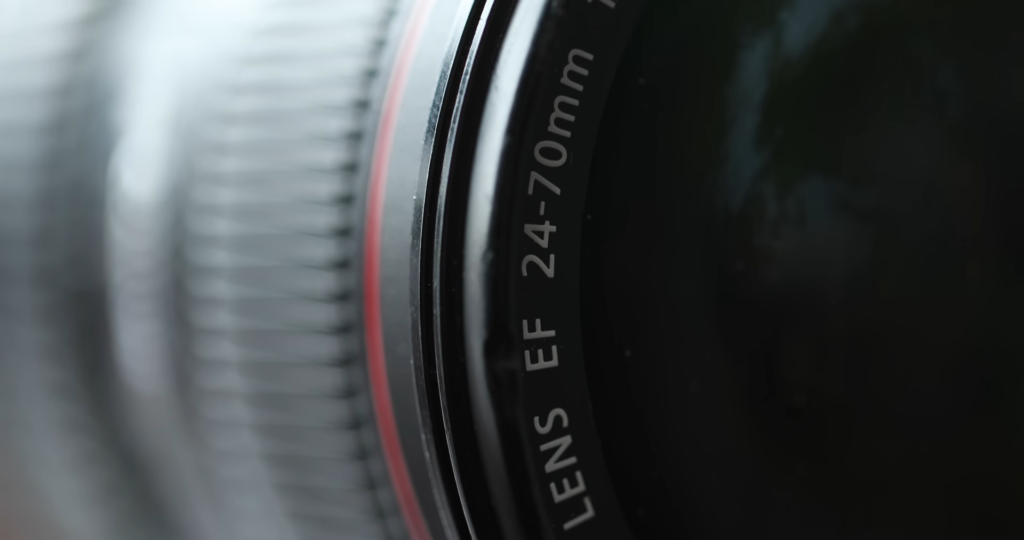
A Telescopic Lens
If you’re into astrophotography or any other type of deep-sky photography, a telescopic lens is essential. This type of lens enables photographers to capture stunning images of distant objects such as galaxies and nebulae with astonishing detail. Telescopic lenses are also great for capturing extreme close-up shots of celestial bodies such as the moon and planets. For this type of photography, a long focal length is essential for capturing the best possible shots.
A Lens That Allows You to Add a Filter
Adding filters to your lens can be a great way to add an extra level of creativity to your shots. Filters such as polarizers or neutral density filters are essential tools for capturing landscapes, cityscapes and more in different lighting conditions. If you’re looking for a versatile lens that allows you to add a variety of filters, look for one with interchangeable filter adapters. This type of lens will enable you to explore a whole new range of creative possibilities and capture stunning shots with ease [2].
How to Choose the Right Lens for Your Next Photoshoot: 8 Tips
The Type of Photography Matters
The type of photography you are planning will often determine what lens or lenses you’ll need. For example, if you are shooting sports, you’ll generally need a wide-angle lens with fast autofocus capabilities. If you’re shooting portraits, a longer telephoto lens helps to blur the background and create flattering compression for portraiture. If you’re shooting landscapes, a wide-angle lens is essential for capturing the vastness of a view and including foreground interest in your image.
Set Your Budget
Lens prices range from very affordable to incredibly expensive depending on quality and features. Determine what type of budget you have set for lenses and try to stick to it when shopping. Don’t be swayed by marketing lingo or specifications that don’t benefit your type of photography. On average. effective lenses can cost anywhere from a few hundred dollars for entry-level lenses to tens of thousands of dollars for high-end professional lenses.
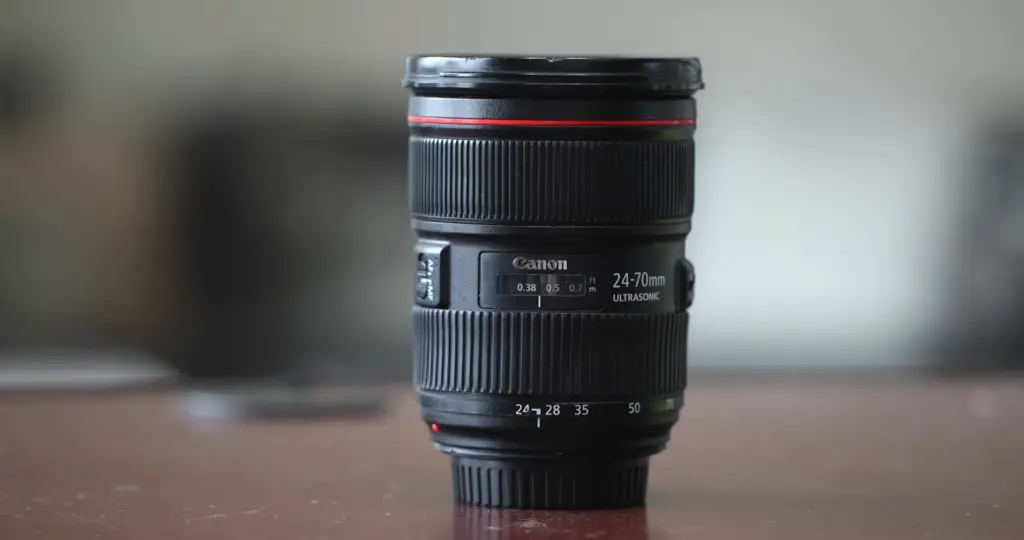
Look For Quality Lenses With Image Stabilization
When shopping for lenses, look for ones that offer image stabilization features that help reduce camera shake and motion blur when shooting handheld. This is especially useful when shooting in low-light conditions or when using a telephoto lens. Image stabilization can also help you get sharper images at slower shutter speeds and is particularly beneficial for photographing wildlife.
The Weather Conditions
Weather conditions can also play a role in which lenses you’ll choose. For example, if you’re shooting in a dusty environment, look for lenses that are dust-proof and sealed to prevent particles from getting inside the lens and damaging your gear. If you’re shooting near saltwater or in humid conditions, look for lenses with weather sealing to keep out moisture.
Think About Focal Lengths and Aperture
When shopping for lenses, take into account focal lengths and apertures. If you want to create a shallow depth of field effect in your photos, look for lenses with wide maximum apertures such as f/1.8 or wider. These lenses are ideal for portraiture or low-light photography. If you plan on shooting landscapes, look for lenses with shorter focal lengths and wider maximum apertures to help capture more of the scene in focus.
How Much Physical Activity You’ll Be Doing
If you plan on doing a lot of physical activity while shooting, such as hiking or running around with your camera, then look for lenses that are lightweight and portable. Many lenses offer features for portability such as retractable hoods and collapsible zoom rings that make them easier to transport when not in use.

The Lighting Conditions
If you’re planning on capturing photos in low-light conditions, it’s recommended to look for lenses with wider maximum apertures, such as f/1.8 or wider. These wider apertures allow more light to enter your image, resulting in brighter and more detailed shots.
Furthermore, if you’re shooting at night or indoors, it may be beneficial to invest in lenses that are compatible with external flashes and strobes. These additional lighting tools can help you create more dynamic and visually appealing photographs by providing controlled bursts of light. By incorporating these techniques and equipment into your photography, you can elevate your low-light shooting capabilities and capture stunning images in any situation.
The Quality Of The Lens
When shopping for lenses, look closely at the construction and quality of the lens. Look for lenses with high-quality glass elements that offer superior sharpness and clarity. Additionally, make sure that the lens has good autofocus capabilities if you plan on shooting moving subjects or sports. Finally, look for lenses that come with a warranty to ensure that your investment is protected for years to come.
How Far Away You’ll Be From Your Subject
Finally, consider the distance from which you’ll be shooting. If you need to capture subjects that are further away, such as wildlife or athletes in motion, look for lenses with longer focal lengths and maximum apertures that will allow you to capture more details at greater distances. If your subject is closer, then a wide-angle lens may be better suited for capturing the entire scene.
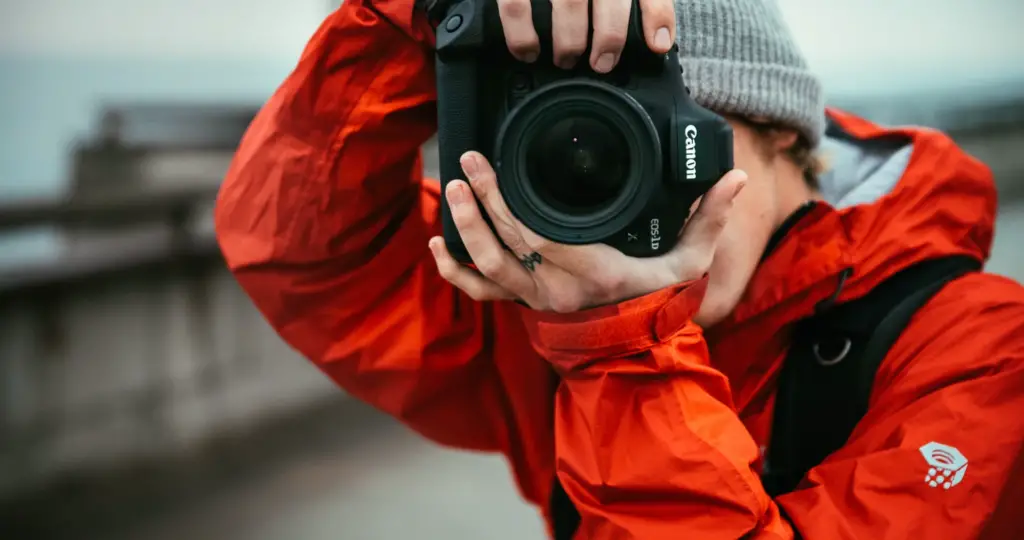
FAQ
What camera lenses should every photographer have?
Every photographer should have a range of lenses to use depending on the situation. A standard lens such as 50mm or 35mm and a wide angle like 18-135mm is essential for any photographer. A telephoto lens is also useful to capture subjects that are far away, while macro lenses are great for detailed close-up shots. Finally, having a zoom lens like 80-200mm is great for capturing a variety of shots without having to change lenses. With the right set of lenses in your bag, you’ll be able to capture any shot with ease.
What are some tips when buying camera lenses?
When shopping for new camera lenses, it’s important to consider factors such as focal length, aperture, and image stabilization. Additionally, make sure to research the quality of lenses from different brands so you can get a good idea of what works best for your camera and budget. It’s also important to test lenses in person if possible before making a purchase. Finally, don’t forget to factor in additional costs such as filters and lens hoods when buying new lenses. Doing your research and having a budget in mind will help you find the perfect lens for your photographic needs.
Are third-party camera lenses as good as those from the manufacturer?
Third-party lenses can offer great value for money, but they may not be of the same quality as genuine brand lenses. Third-party lens manufacturers often cut corners in order to offer cheaper products, so it’s important to do research and read reviews before making a purchase. If you’re looking for quality lenses without breaking the bank, then third-party lenses can be a great option, but it’s important to check the specs before buying. This way, you can ensure that you’re getting the best lens for your specific needs.
How do I know what lens I need?
Knowing which lens you need depends on the type of photography you’re doing and what kind of shots you’re after. If you’re shooting landscapes or cityscapes, then a wide-angle lens is essential for capturing the whole scene. If you’re shooting portraits, then a telephoto lens is great for capturing your subject from far away. For close-up shots, a macro lens is ideal while zoom lenses are great for getting multiple angles without needing to change lenses. Knowing what kind of shots you want will help you determine the right lens for the job.
What filters should I get for my lenses?
Filters are a great way to enhance your photos and protect your lens from dust and scratches. A polarizing filter is essential for reducing reflections and increasing the color saturation in your shots. ND (neutral density) filters can also help with exposure control, while UV filters provide additional protection from damaging ultraviolet light. Depending on the type of photography you’re doing, having a set of filters in your bag can be incredibly useful.
What lens hoods should I get for my lenses?
Lens hoods are a great way to protect your lens from sun flare and other unwanted light sources. They also help keep dust and moisture away from the front element of your lens. When choosing a lens hood, make sure to choose one that matches the size of your lens. Additionally, consider getting a reversible lens hood if you want to reduce the size and weight of your gear when traveling. With the right lens hood, you can keep your lens safe and produce better-looking photos.
What’s the difference between prime lenses and zoom lenses?
Prime lenses are fixed, meaning they don’t zoom in or out. This means that you’ll have to physically move closer or further away from your subject to get the desired framing. In contrast, zoom lenses offer a range of different focal lengths with one lens. This eliminates the need for changing lenses and gives you more flexibility when shooting. When deciding between Prime and zoom, it’s important to consider the type of photography you’re doing and what kind of shots you need.
How do I know when to use different types of lenses?
The right lens for a particular shot will depend on the type of subject you are photographing and the look you want to achieve. For instance, wide-angle lenses are ideal for capturing landscapes and cityscapes, while telephoto lenses are great for portraits. Macro lenses are perfect for close-up shots of small objects, and zoom lenses are useful for dynamic compositions that require multiple focal lengths. Knowing when to use different types of lenses will help you get the most out of your photography.
What is a tilt-shift lens and when should I use it?
Tilt-shift lenses allow you to adjust the position of the lens relative to the sensor, which can be used for creative effects such as selectively blurring backgrounds or creating a miniature effect. These lenses are especially useful for architectural photography, where they can be used to correct perspective distortion. However, tilt-shift lenses can also be used for creative shots such as selective focus and miniaturizing effects. Knowing when to use a tilt-shift lens will help you capture unique shots that stand out from the rest.
What are some tips for taking care of camera lenses?
Taking care of your lenses is essential to keep them in good condition and produce quality photos. Always use lens caps when the lens is not in use, and always store them in a dry place. When cleaning your lenses, be sure to use a soft cloth and camera-safe lens cleaner. In addition, it’s always a good idea to keep a UV filter on your lenses for extra protection against dust and scratches. Following these tips will help ensure that you get the most out of your lenses and keep them in perfect condition.
Useful Video: 3 Lenses EVERY Photographer NEEDS & Why!
Conclusion
So, there are several lenses that every photographer should have in their arsenal. A wide-angle lens is great for capturing sweeping landscapes, a telephoto lens is perfect for capturing distant subjects up close, and a macro lens allows you to get amazingly detailed shots of tiny objects. Having the right lenses can make all the difference when trying to capture the perfect shot, so it pays to have the essentials! With these tools at your disposal, you’re sure to find the perfect composition to capture whatever creative vision you have in mind.
References
- https://www.linkedin.com/learning/photography-foundations-lenses/what-is-a-lens
- https://www.makeuseof.com/camera-lenses-photographers-need/
- https://www.makeuseof.com/how-to-choose-right-lens-for-your-photoshoot/









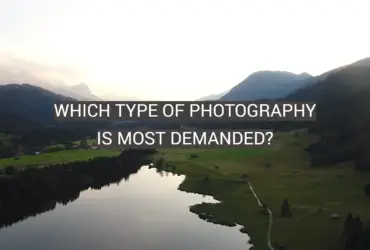
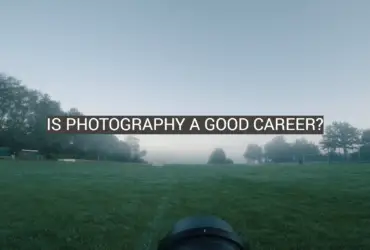
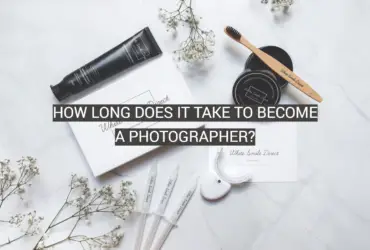
Leave a Reply